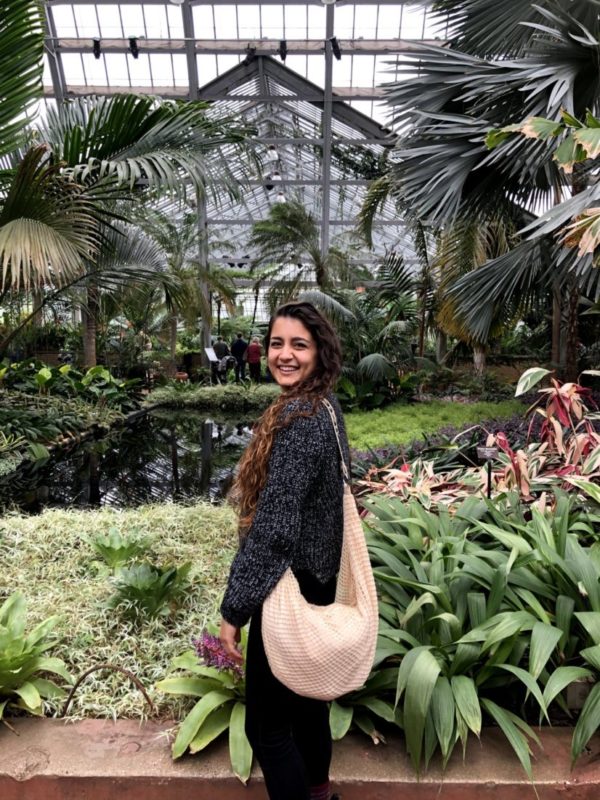
Serina Taluja
Dr. David Stelly Laboratory
Entrance year: 2019
Hometown: Southlake, Texas
“My research is aimed at answering questions about plant reproductive biology and homologous recombination in cotton. There is not a lot of genetic diversity in cultivated cotton, and I’m hoping my research will be able to explain and remedy some of this lack of diversity. I’ll be creating and using novel molecular techniques to study homologous recombination and pollen fitness in interspecific F1 hybrids of cotton, and using a wide array of both wild and cultivated cotton accessions.”
Research Specialties
Molecular, Cellular and Developmental Genetics
Plant Genetics
Why did you choose the Genetics PhD program at A&M?
The people in this program are the biggest reason that I chose Texas A&M to do my graduate work, and the genetics program specifically. Everyone is so helpful and supportive of each other, and I’ve found a really great network of friends that I’m excited to work with as we all go through the program together.
What is at least one big lesson you have learned in the Genetics graduate program that you think is widely applicable to your future pursuits?
My time in the genetics program so far has definitely taught me how to prioritize what I’m passionate about. While I’m very interested in most things (whether that’s science, or art, or literature, or music), graduate school has taught me how to take things I’m interested in and really focus on them, such that I’ve been able to prioritize things that are the most important to me both in my academic and my personal life. As I’ve started exploring my field and pinning down what I want to do during graduate school, I’ve also had the chance to learn more about myself and what is most important to my happiness/mental health.
When and how did you realize that you wanted to study Genetics?
My favorite professor in undergrad taught an incredible class about cellular dynamics, and it was the first class I was in that was heavily discussion-based. I was captivated by the material and the problems we were asked to address, and our professor always used to say “Anytime you solve a problem in molecular biology, you can do it the genetic way, or the biochemical way”, and I always chose the genetic method of problem solving. Knowing that I loved learning and science, a genetics graduate program seemed like the perfect fit for me post-undergrad.
Fun Facts:
What would be your dream job after graduation from the program?
I would love to be a science writer at a scientific magazine, or a communicator for a biotechnology company. I would also love to host a science podcast.
Do you have any hidden talents? If so, what are they.
I’m a painter and I do embroidery, but a lot of people know about those, so I also play guitar and I love pottery/ceramics too.
Do you have any pets? If so, please tell us about them.
I’ve actually never had an animal pet, but I think I have more than 60 houseplants and I treat them a little bit like my pets honestly!

